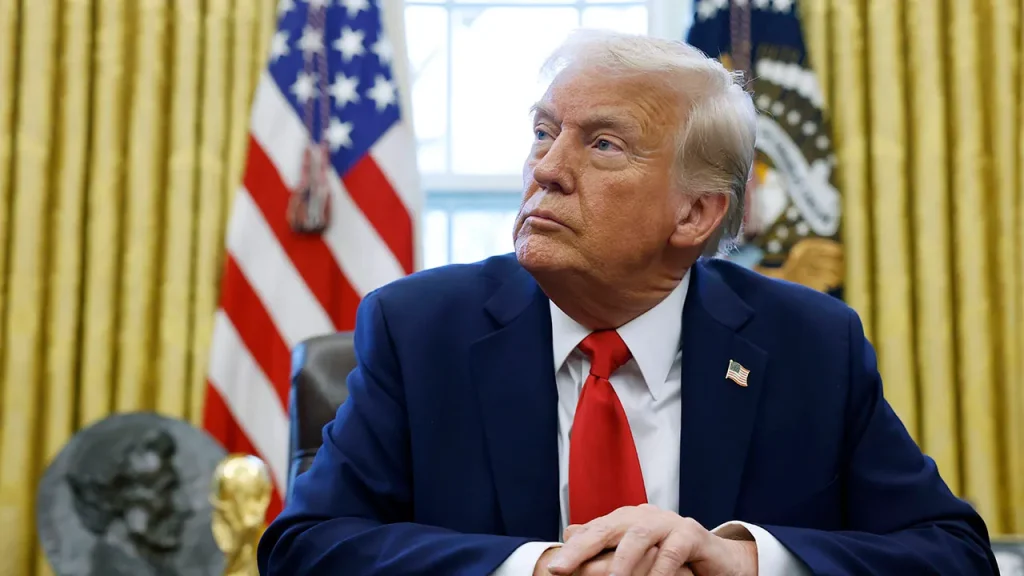Cambodia and Thailand Expand Ceasefire in Historic Border Conflict Resolution
In a significant diplomatic breakthrough, Cambodia and Thailand have formalized an expansion of their ceasefire agreement, marking a potential end to a long-standing border conflict that has claimed dozens of lives and displaced hundreds of thousands of people. The signing ceremony took place on Sunday during the Association of Southeast Asian Nations (ASEAN) annual summit, with U.S. President Donald Trump present as a witness to the historic accord. This expanded agreement builds upon initial ceasefire terms that Trump helped broker earlier this summer through an unconventional approach to regional diplomacy.
The conflict between these Southeast Asian neighbors has been characterized by sporadic outbreaks of violence along disputed border areas, creating humanitarian challenges and regional instability. Prior to the initial ceasefire, tensions had escalated to concerning levels, with military forces from both nations engaged in dangerous confrontations. The human cost has been substantial—families separated, communities disrupted, and economic development in border regions severely hampered. The expanded agreement signed by Cambodian Prime Minister Hun Manet and Thai Prime Minister Anutin Charnvirakul represents the most comprehensive attempt yet to address the underlying issues and establish lasting peace.
President Trump’s involvement in the peace process has been notable for its direct approach. According to reports, the U.S. president leveraged American economic influence by threatening higher tariffs against both nations if they failed to find a peaceful resolution. This economic pressure tactic appears to have accelerated diplomatic efforts, though regional experts have debated the long-term implications of such methods in international relations. Regardless of the controversy surrounding the approach, the signing ceremony represents a tangible diplomatic achievement that could benefit millions of civilians in the affected border regions who have lived under the shadow of conflict.
The expanded ceasefire includes several concrete provisions designed to reduce tensions and build mutual trust. Key among these is Thailand’s commitment to release 18 Cambodian soldiers currently held as prisoners—a humanitarian gesture that addresses one of the more sensitive aspects of the conflict. Additionally, both nations have agreed to begin the process of removing heavy weapons from the border areas, a critical step toward demilitarization of the disputed regions. These practical measures go beyond the initial ceasefire terms and suggest a more comprehensive approach to conflict resolution that addresses both immediate security concerns and longer-term peace-building requirements.
The agreement comes at a strategically significant moment, coinciding with the ASEAN summit where regional cooperation and stability are central themes. The timing provides additional diplomatic weight to the ceasefire and places it within the broader context of Southeast Asian security architecture. For Cambodia’s Hun Manet, who relatively recently succeeded his father Hun Sen as prime minister, the agreement represents an important diplomatic achievement early in his tenure. Similarly, for Thailand’s Anutin Charnvirakul, the ceasefire offers an opportunity to shift focus from border conflicts to other pressing domestic priorities, including economic recovery and development.
While the expanded ceasefire represents substantial progress, regional analysts caution that implementation will be crucial to achieving lasting peace. The history of the Cambodia-Thailand border dispute includes previous agreements that failed to hold, and deep-seated territorial issues remain to be fully resolved. The involvement of international observers and the specific mechanisms for verifying compliance with the weapons removal provisions will be critical factors in determining the agreement’s success. Nevertheless, the formalization of expanded ceasefire terms represents the most promising development in years for resolving one of Southeast Asia’s persistent security challenges, offering hope to communities that have endured the consequences of this border conflict for too long.


